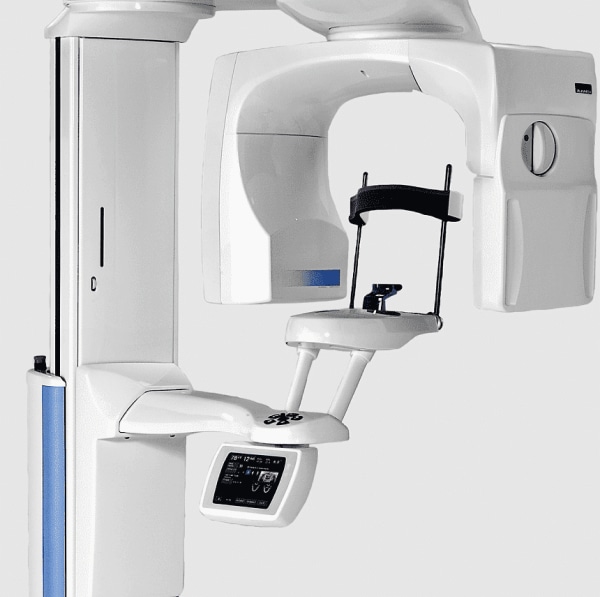
Dental x-rays provide us with two-dimensional representations of the structures of the mouth. With our Pro Max 3-D, we are able to visualize the structures of the jaw in three dimensions. This allows us to accurately determine the volume of bone available for the placement of dental implants. We are able to assess the proximity of anatomic structures to proposed implant sites and identify pathology, increasing the predictability of the procedures. All this is accomplished with minimal radiation exposure-less than 10 percent that of medical CT scan and less than half that of a full series of dental x-rays. Due to all of these advantages, we believe this technology will become the standard of care for the placement of dental implants.
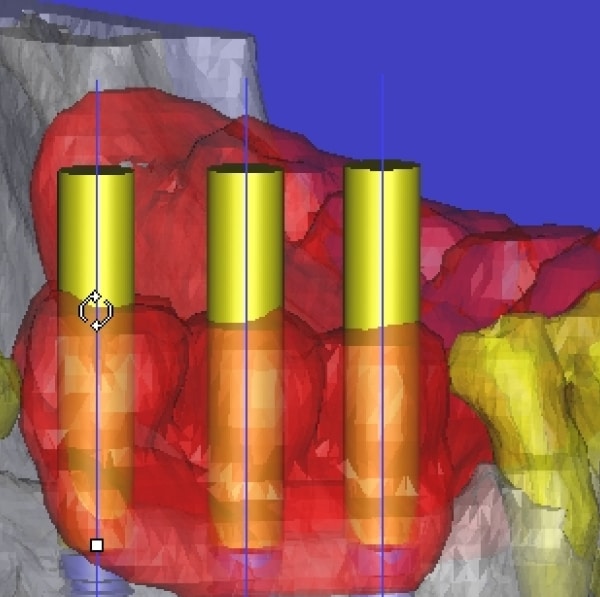
Having the ability to perform “computer surgery” (virtual surgery) before going to the mouth is a tremendous advantage particularly in more complex cases. Simplant, NobelGuide, Blue Sky Horizon are the different types of software programs that allow us to do just that. They assemble the data from the CT scan and allow us to view the jaw in three dimensions. We can virtually place the implants on the computer in such a way as to maximize the available bone and ensure the implants will be in the proper position for the final restoration. It enables us to accurately measure distances from vital structures for a safer implant experience. The plan can then be e-mailed to a manufacturing facility to fabricate a surgical guide which we can use to accurately place the implants.
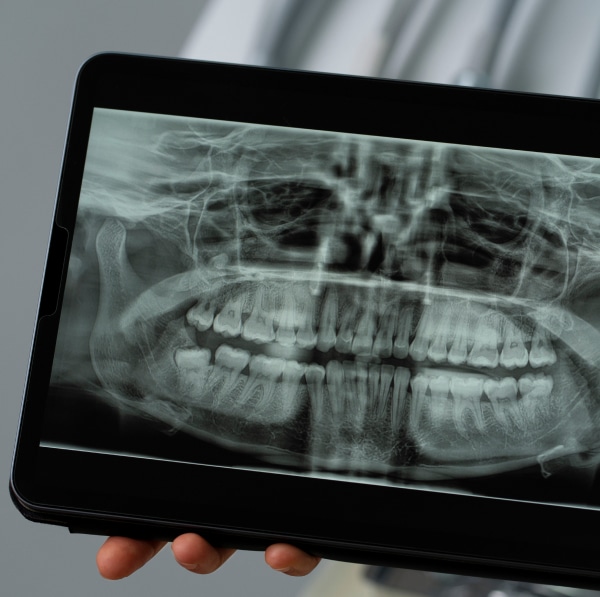
Digital x-rays are soon to be the standard in dental imaging. The digital imaging software allows the doctor to see a number of different views of the tooth to gain a better understanding of the proper course of management. Digital x-rays provide a great benefit to the patient by decreasing the radiation by over 80% compared to the regular x-rays.
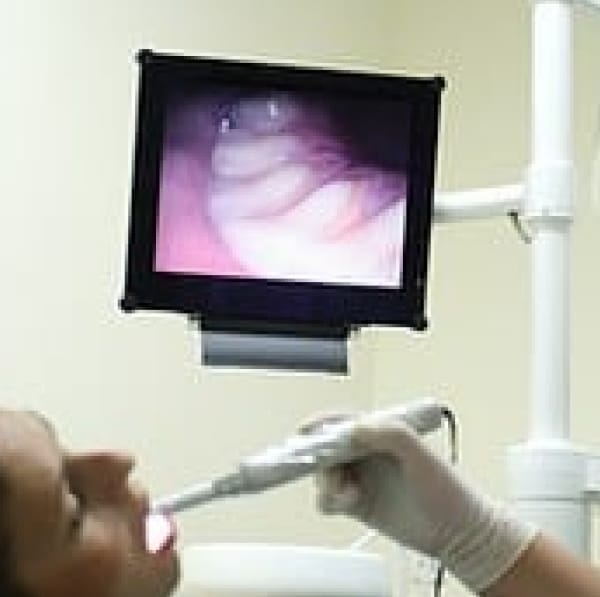
Intraoral cameras are an excellent means of allowing the patient to view potential dental conditions in their own mouth. It makes it very easy to understand what is happening in your own mouth if you can see the problem on a computer monitor. This digital image can be utilized to provide information to insurance and other doctors if necessary.
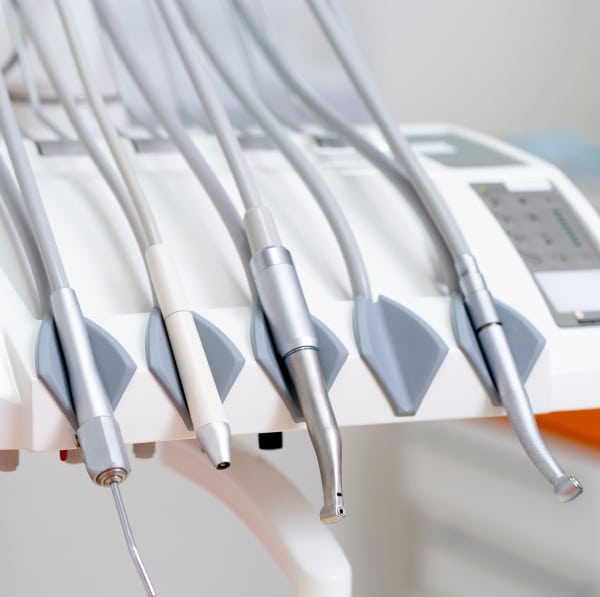
There are two types of handpieces: air-driven and electric. Electric handpieces are much stronger than air-driven due to the fact that a motor is spinning the bur as opposed to air. This allows the doctor to remove decay at a faster pace. This will cut down on the time it takes to complete a procedure.
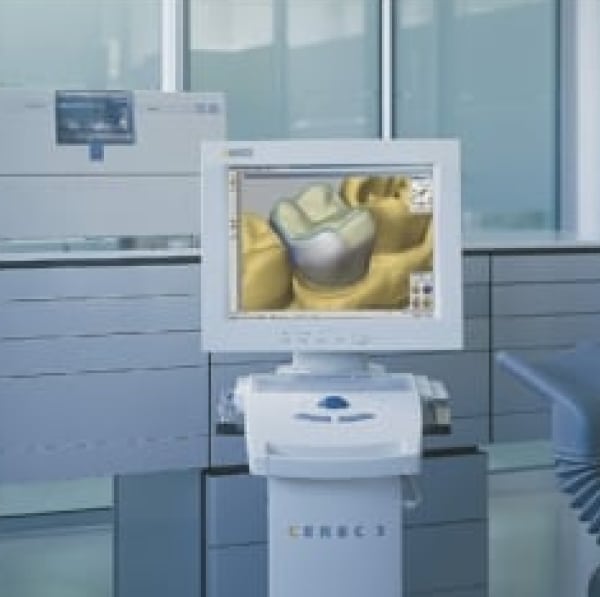
CEREC, or Chairside Economical Restoration of Esthetic Ceramics, revolutionizes dental care by offering on-site crown, inlay, and onlay milling. This cutting-edge technology enables dentists to create custom, high-quality ceramic restorations in a single appointment. Using 3D imaging and CAD/CAM technology, CEREC eliminates the need for traditional messy impressions and temporary crowns. Patients benefit from a faster, more convenient process, with precise and durable restorations that match their natural teeth seamlessly. The in-office milling unit crafts crowns and other dental prosthetics from a solid ceramic block, ensuring optimal fit and aesthetics. CEREC enhances both efficiency and patient satisfaction in modern dental practices.
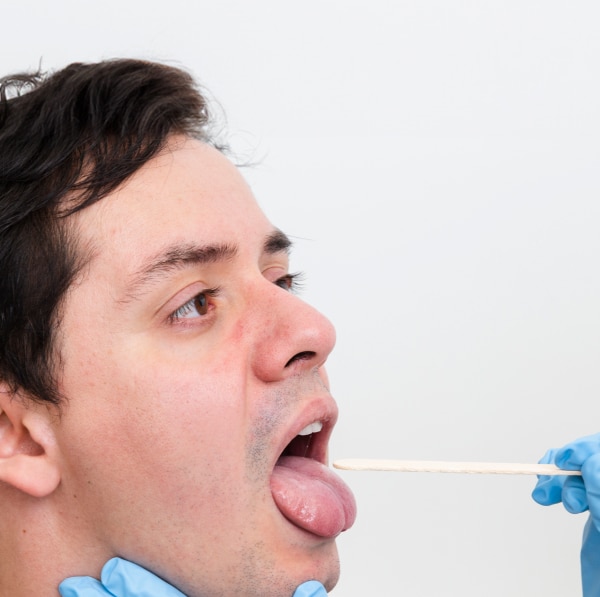
Velscope is a non-invasive cancer screening tool designed to detect early signs of oral abnormalities, including precancerous and cancerous lesions. Using fluorescence visualization technology, Velscope illuminates tissues in the oral cavity, highlighting potential abnormalities that may not be visible to the naked eye. This quick and painless screening aids healthcare professionals in identifying areas of concern, allowing for early intervention and improved treatment outcomes. Velscope is particularly effective in detecting oral cancers, providing a valuable tool for routine dental examinations and enhancing overall patient care by promoting early detection and prevention of oral cancer.
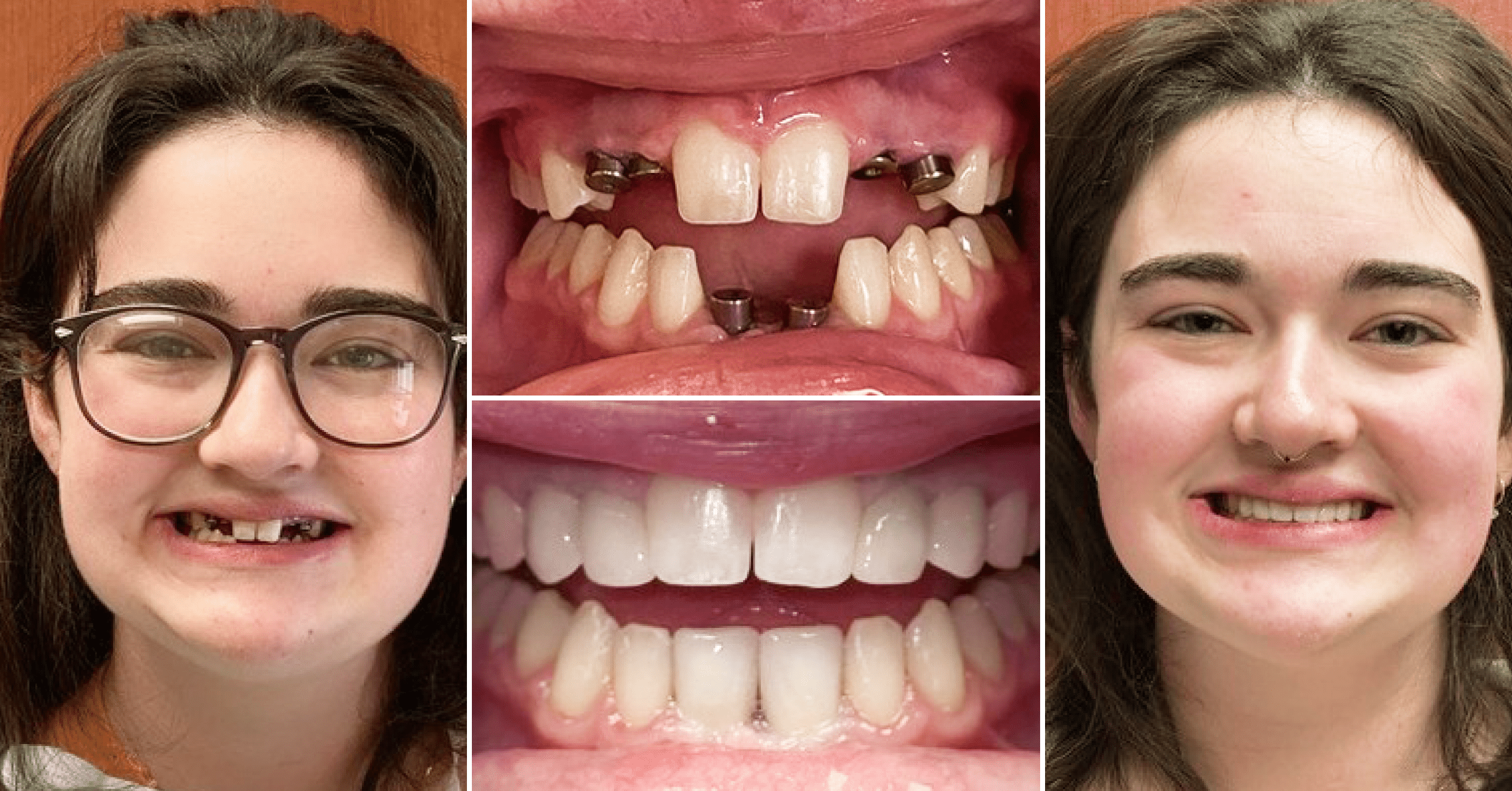
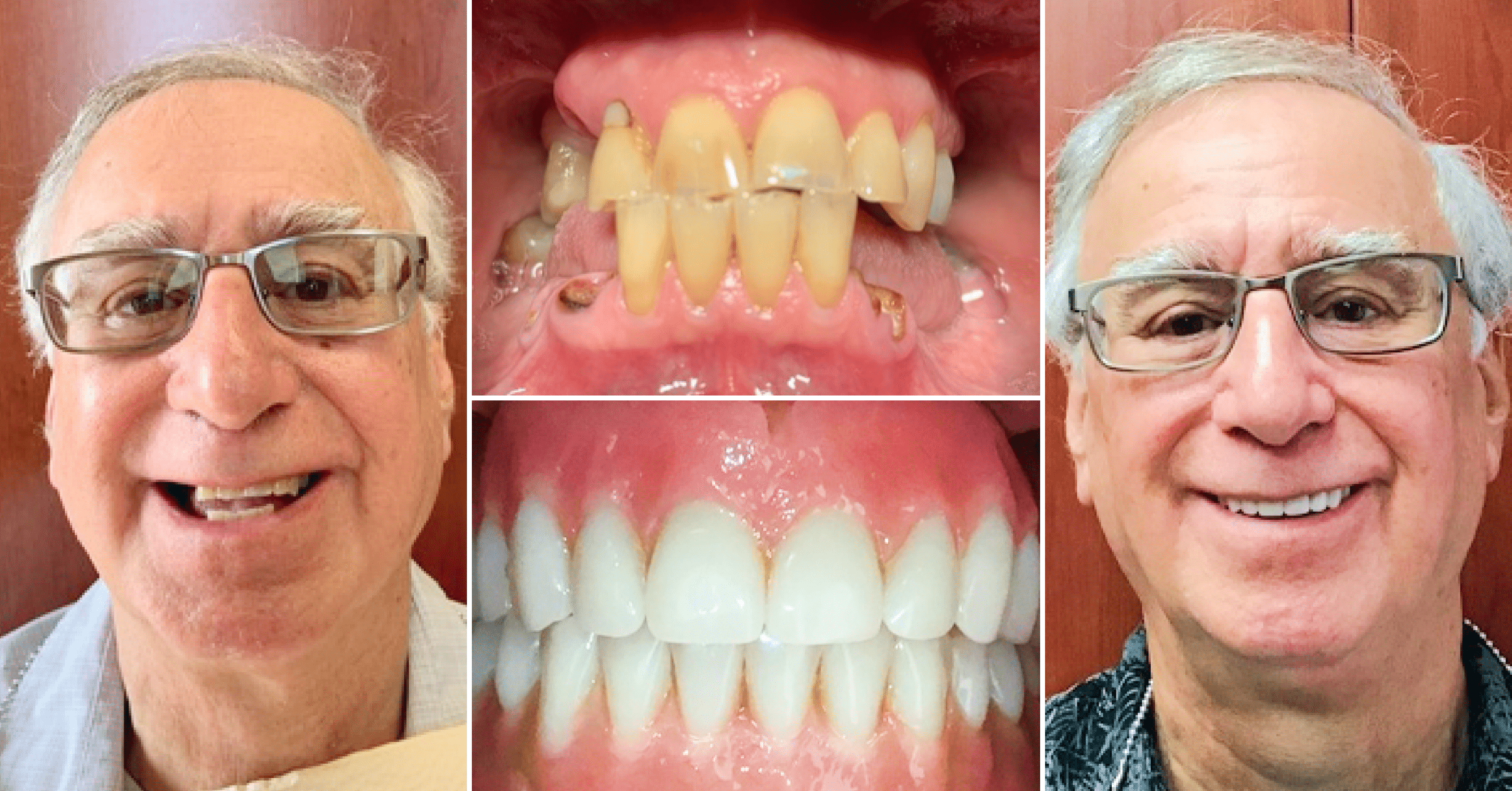
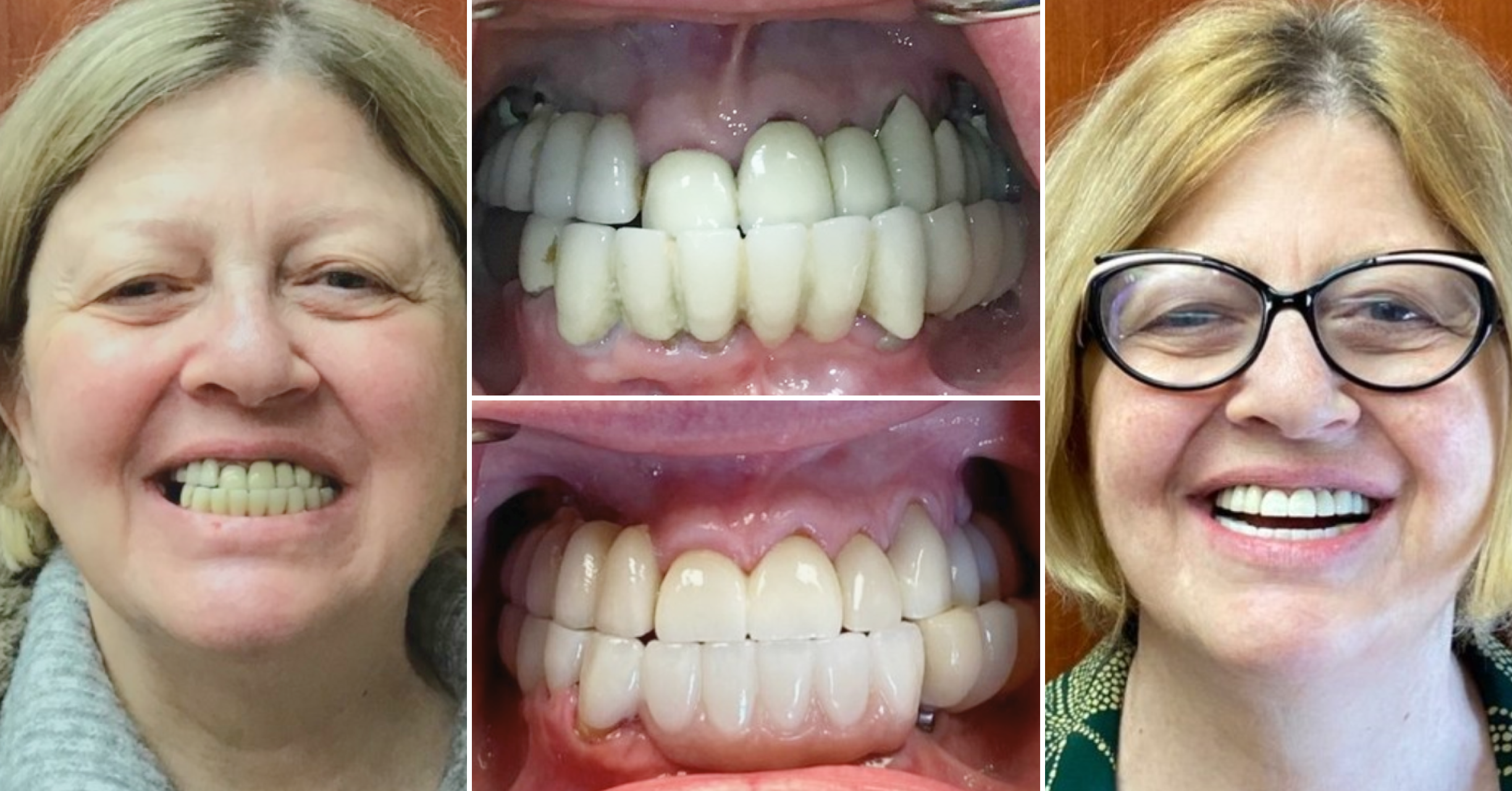

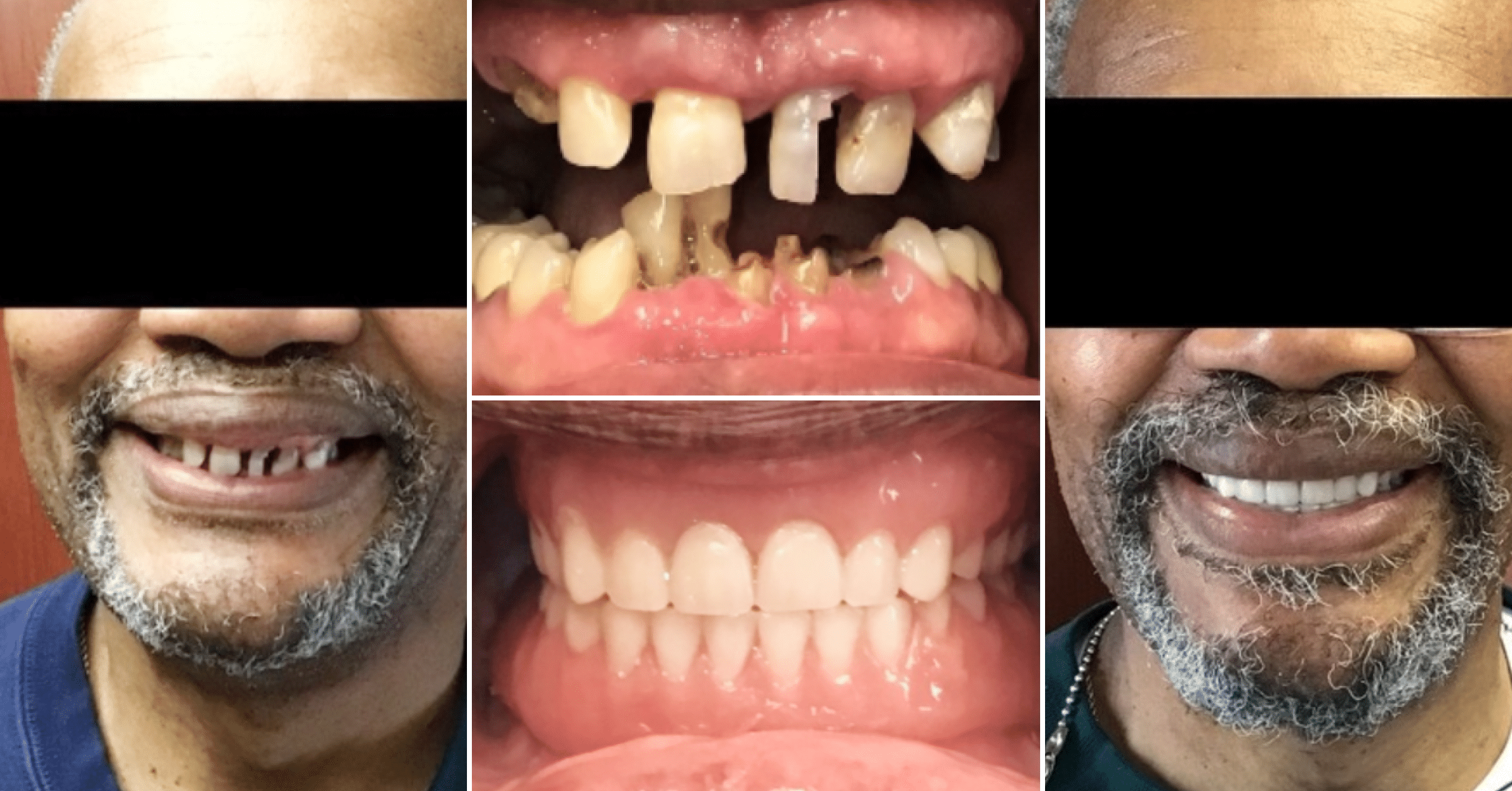
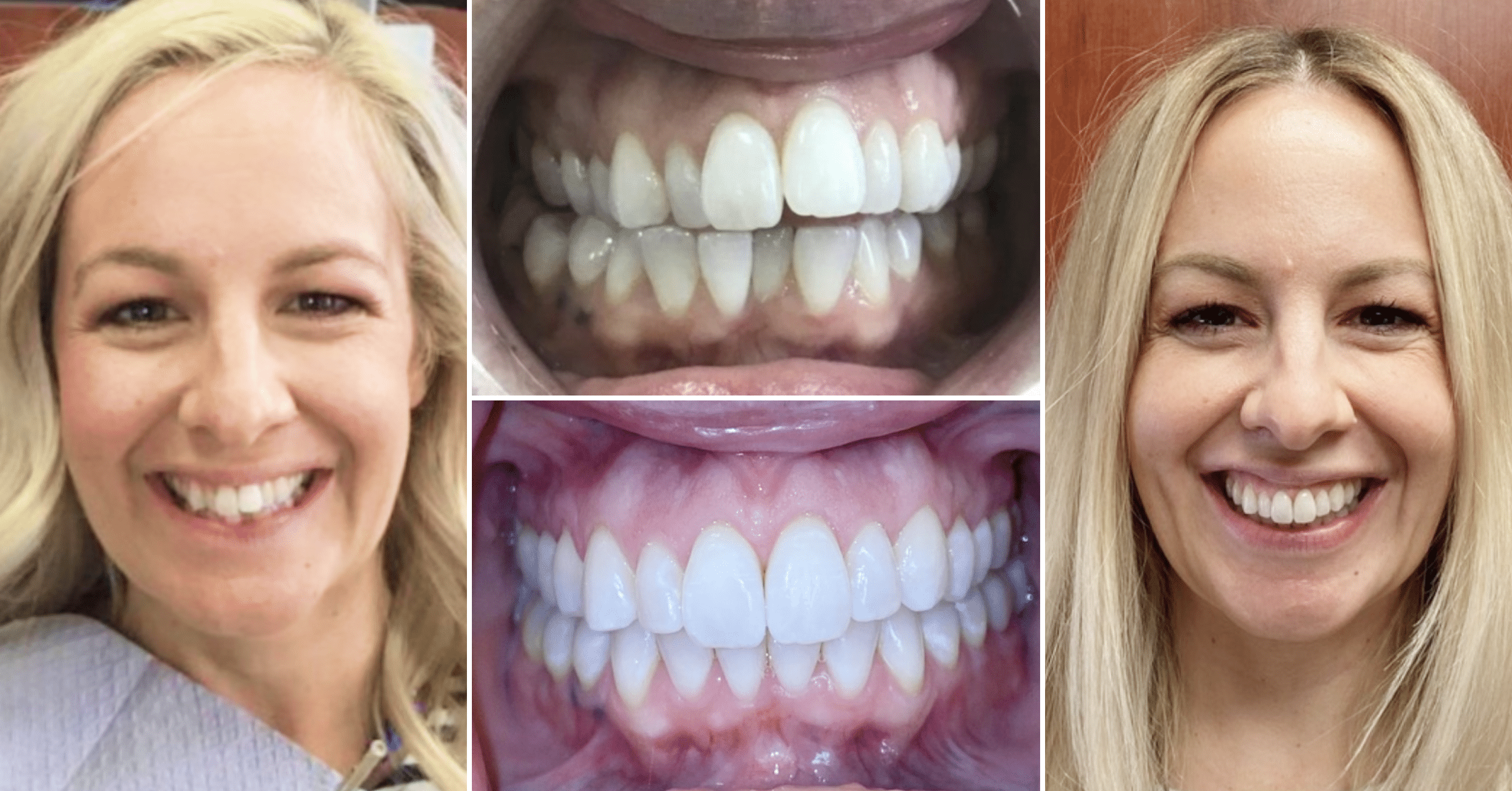
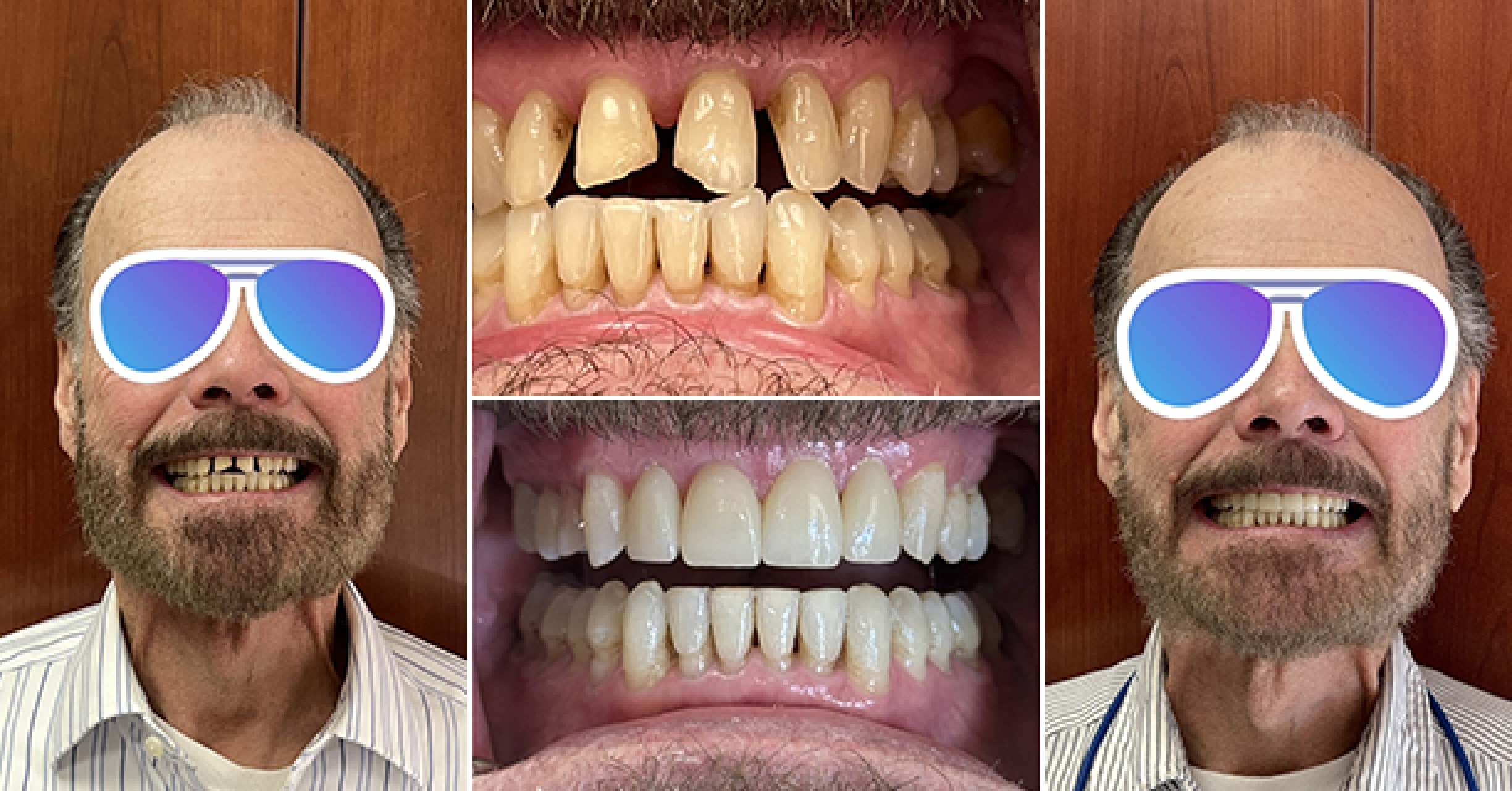
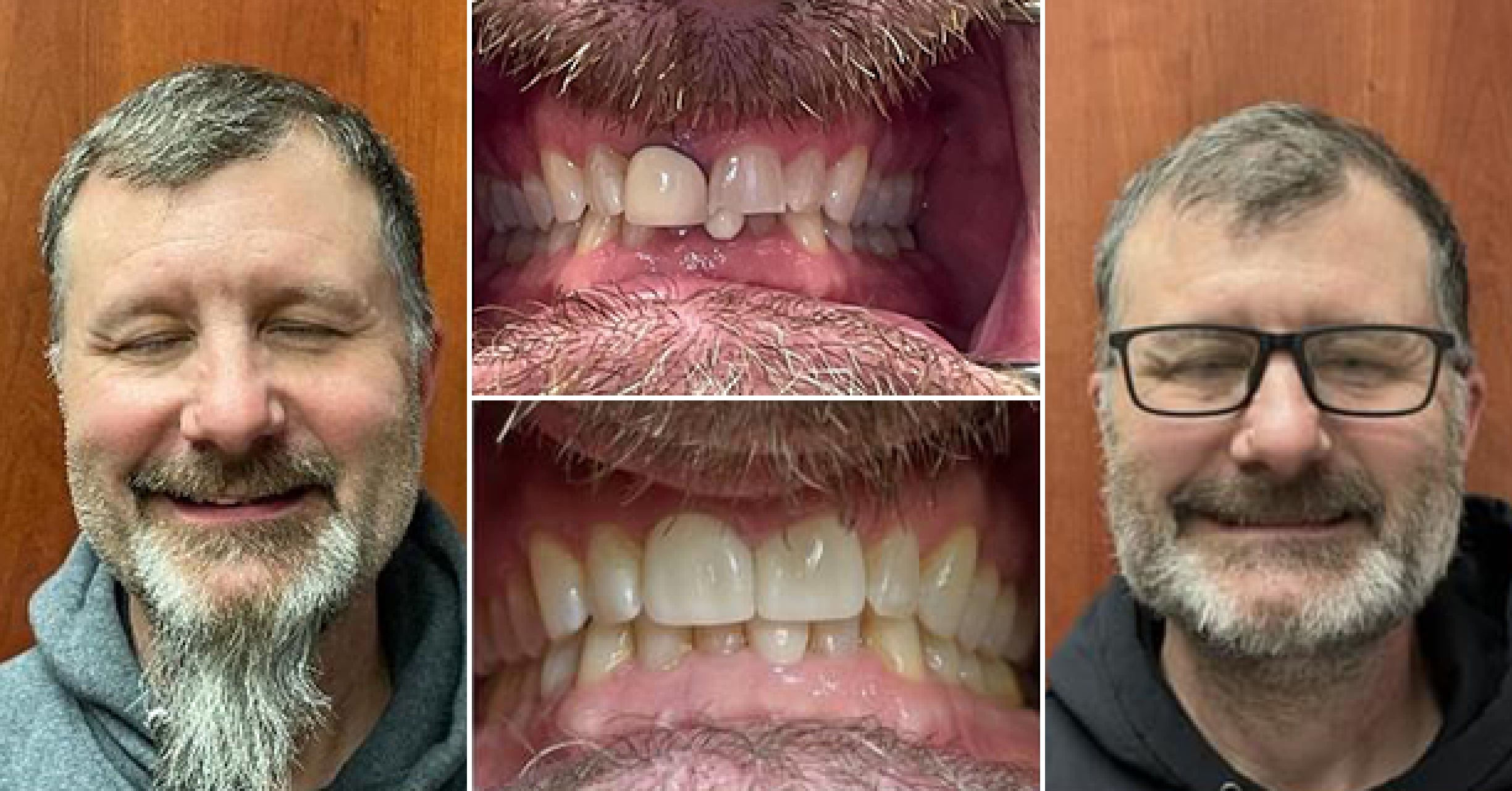
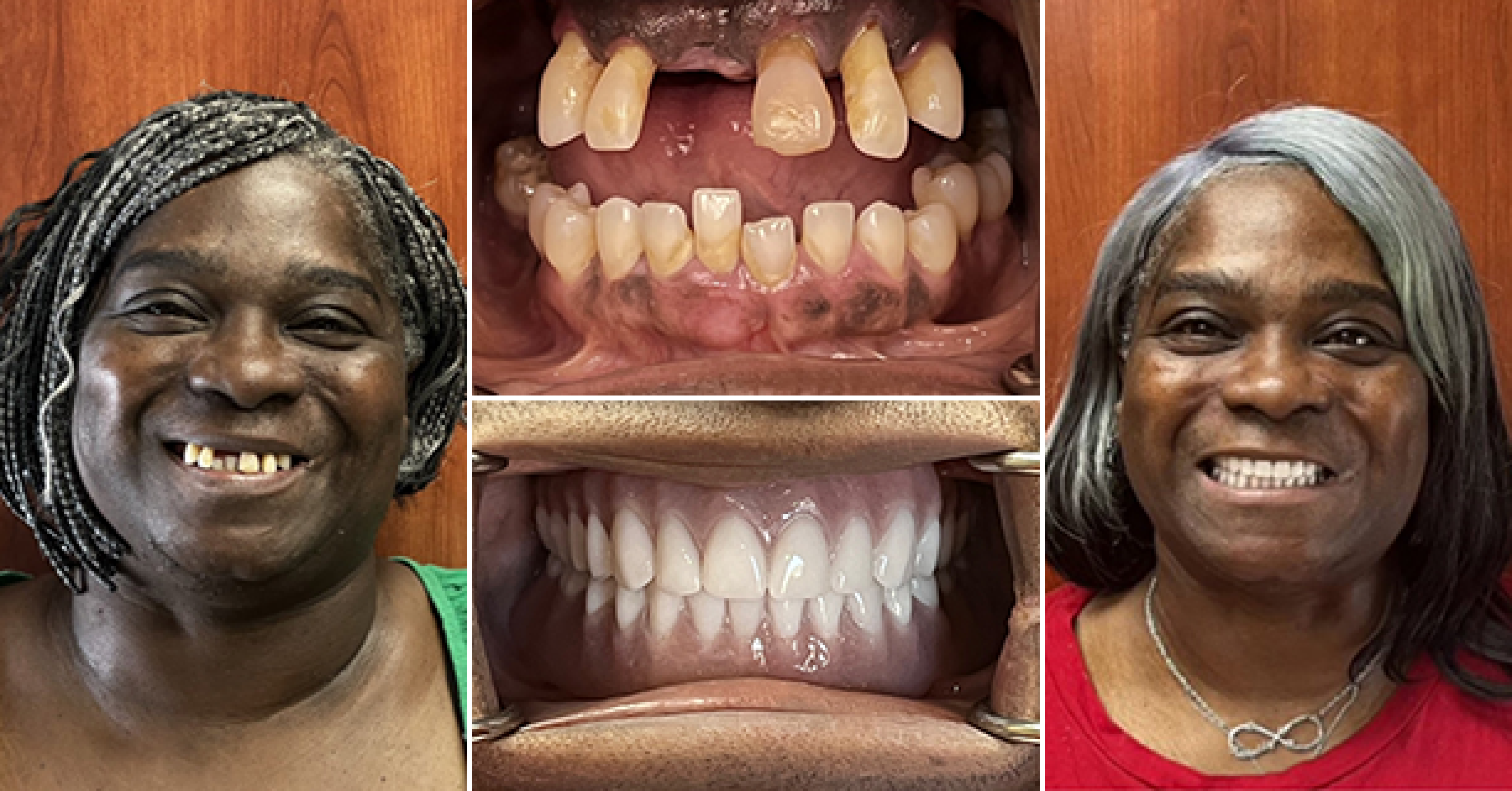
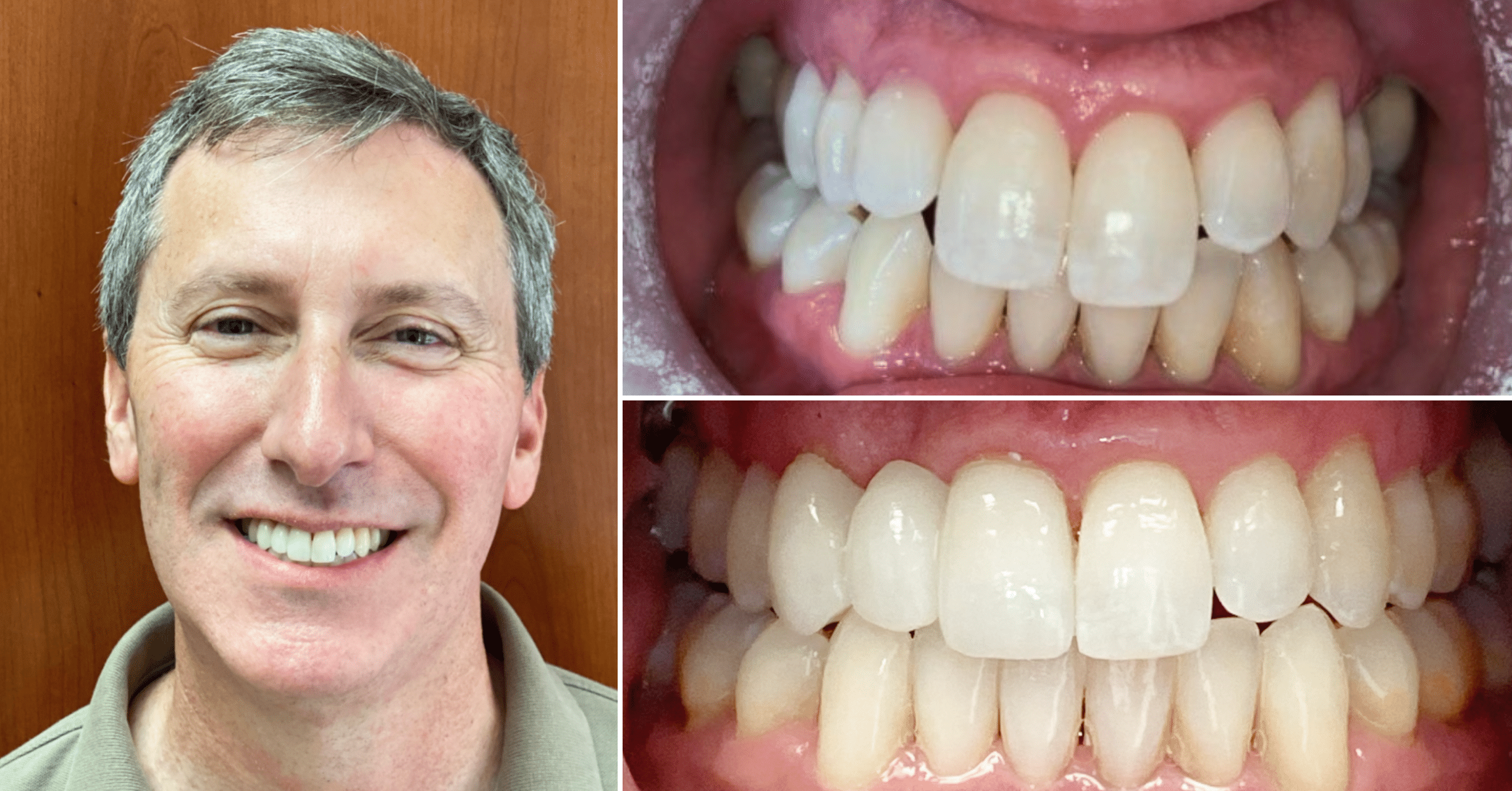



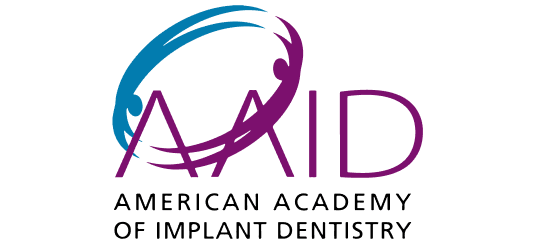

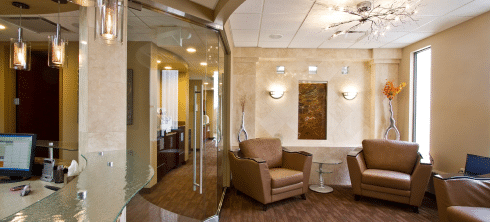
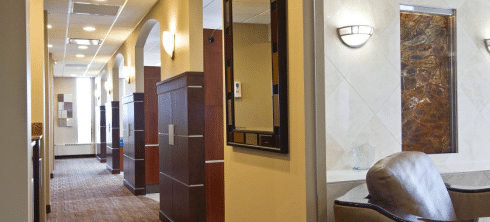


Where we give people a reason to smile. Our team is dedicated to providing Dental Care that works best for your lifestyle.